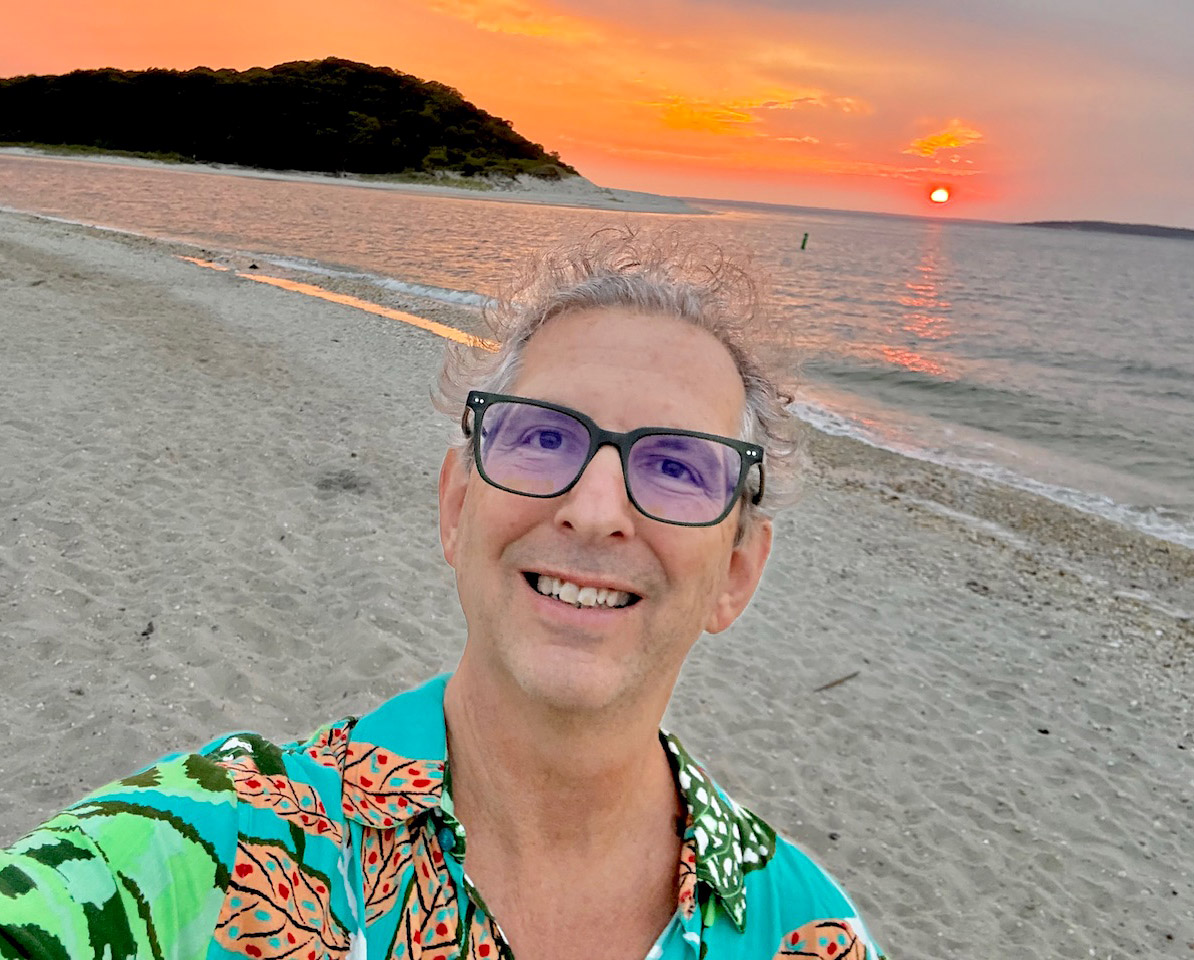We caught up with the brilliant and insightful John Mazlish a few weeks ago and have shared our conversation below.
John, thanks for taking the time to share your stories with us today Can you talk to us about how you learned to do what you do?
I started my learning process by simply shooting. A lot. I started photography before the digital era, and I think the necessity of learning the basic rules and limitations of shooting film helped me to learn the craft more thoroughly. Once I internalized these rules fully, then I could break them in creative ways.
Initially I only shot with a 50mm lens- considered a “normal” lens in that it is neither wide angle nor telephoto- but sees simply and naturally as our eyes see. Since it is not a zoom lens, it requires the shooter to move closer or further from the subject in order to change perspective. Effectively, one’s legs become the zoom. It is more challenging to make dynamic images with a 50mm lens, so I found it to be a great learning tool. I also had angels along the way, including a kind building super who saw talent in me and gifted me a book called “Learning to See Creatively” by Bryan Peterson. As I read that book, I felt as though the author was speaking to me directly. I absorbed it all very naturally and intuitively.
One challenge that I sometimes give myself is to sit down in one place and attempt to create interesting images without moving from the spot. This helps me to develop the habit of looking more deeply in order to find beauty in seemingly mundane, every day moments and places. Along with learning to see more creatively, I also have a naturally intuitive feel for the quality of light- a critical component of photography. Additionally, when shooting people or fleeting moments in time, I’ve developed a quick trigger finger and an innate ability to put people at ease- or at least to take the photo so fast that they don’t have time to feel uncomfortable! Knowing when to work fast at times, and slow at other times, is very important. Other key factors in photography include an awareness of composition, motion, emotion, color, texture, lines, depth of field, shadow & light, and much more.
John, before we move on to more of these sorts of questions, can you take some time to bring our readers up to speed on you and what you do?
Intuition, Flow & Creativity
I didn’t set out to become a photographer. I started my creative career as a singer/songwriter playing gigs in local bars around New York City. But when I decided to sell an old Nikon camera to raise some cash and the sales person unexpectedly convinced me to buy a new camera instead, the photography bug grabbed hold with a vengeance. What began as a personal passion project rapidly blossomed into a new career. Learning creative ways of seeing and transforming ordinary moments into extraordinary images became a daily challenge and ritual.
I would characterize my photographic approach as intuitive and spontaneous. I want my work to feel alive, fresh & vibrant. Whether photographing a swirl of oil floating in the Gowanus Canal, a dynamic portrait of a musician, or the flow of a nude body in motion, my images aren’t about posing or perfection. Rather, their essence is based on originality, creativity and capturing the vibrant energy of the moment. I like to start with a basic concept and let the process unfold organically. My goal is to get into what I call “unexpected trouble”. I love taking risks and making mistakes. It’s easy to shoot lots of so-called “good” images. Creating exceptional images that might possibly be seen as works of art takes a willingness to shoot a lot of junk. Going for the magic moment means letting go of one’s ego and the need to control the outcome. As a good musician friend of mine likes to say, we must “dare to suck” in order to soar.
Raised in a home surrounded by art, I credit my beloved mother- a gifted painter & musician- for helping to shape my aesthetic. She had a wonderful sense of color and form, and took joy in all forms of self-expression. I think that she very much impacted how I see the world- yet I wasn’t aware of her influence until I started taking pictures somewhat later in life. Now with the benefit of time, I can clearly see how she shared her passion with me by living the life of a true creator.
A painterly sense of light and form runs through my work, connecting abstraction, figure, and nature. My photography draws upon my musical background as well, where rhythm, improvisation, and intuition guide the creative process. The same well from which I draw my musical inspiration impacts how I see. It’s all ultimately interconnected.
Over time, my focus has expanded from nature photography and abstract composition to shooting fine art nudes. These sessions prioritize flow over direction- letting movement, emotion and an ever-changing play of light shape the images. I also work in mixed-media- collaborating with painters who overlay color and texture onto my photographs. I love seeing how other artists transform my photographs into something completely fresh and original- with a result often greater than the sum of its parts.
This openness and love of collaboration extends into my curatorial work as well. In 2020 I launched my own art gallery in order to support emerging artists and foster creative community. The gallery’s slogan is “Art With Heart”, and its stated goal is to treat artists with integrity, honesty and supportiveness. In other words, the same way that I wish to be treated.
In summary, whether behind the camera or with a guitar in hand, I strive to follow my intuition, trust in the creative process, and stay open to the magic inherently possible in every single moment of this gift called “life”.
For you, what’s the most rewarding aspect of being a creative?
Personally I find it rewarding to capture beauty in ordinary moments, and share my vision with the world. Ultimately it’s about sharing a love and deeper appreciation for this gift we call “life”.
How can we best help foster a strong, supportive environment for artists and creatives?
Having been in the art world for quite a while now, I feel that it’s important for people to recognize an artist’s true value, and pay them accordingly. Too many times people try and low-ball an artist, not realizing how hard they work and how much of their soul goes into creating art. Similarly on the business side, those who work in the art industry need to uphold standards of integrity, and be strong advocates for artists. This is precisely why I started my own gallery 5 years ago. I wanted to treat artists the same way that I wished to be treated.
Contact Info:
- Website: http://www.johnmazlishfineart.com, http://www.mazlishgallery.com
- Instagram: https://www.instagram.com/johnmazlishfineart, https://www.instagram.com/mazlishgallery/

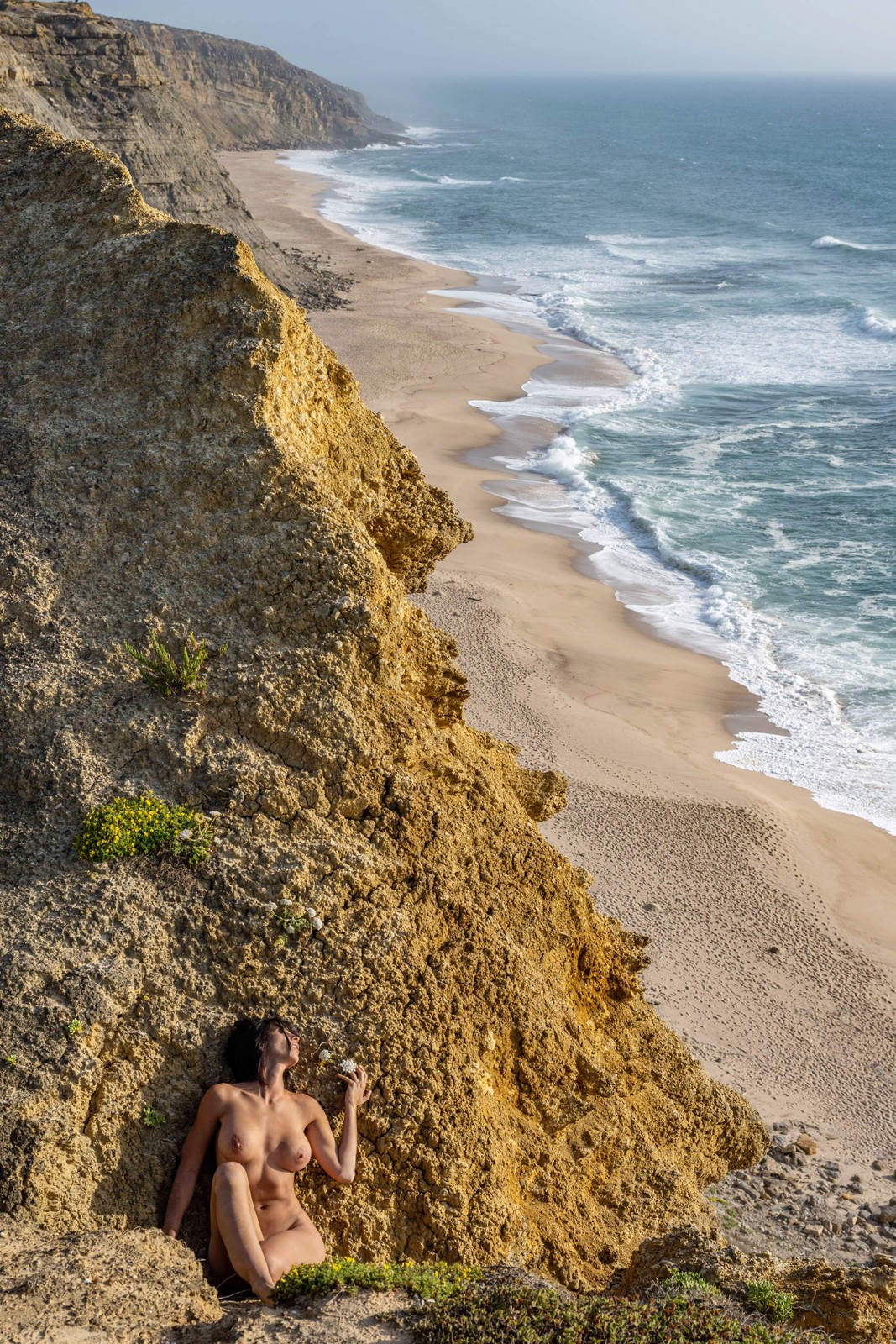
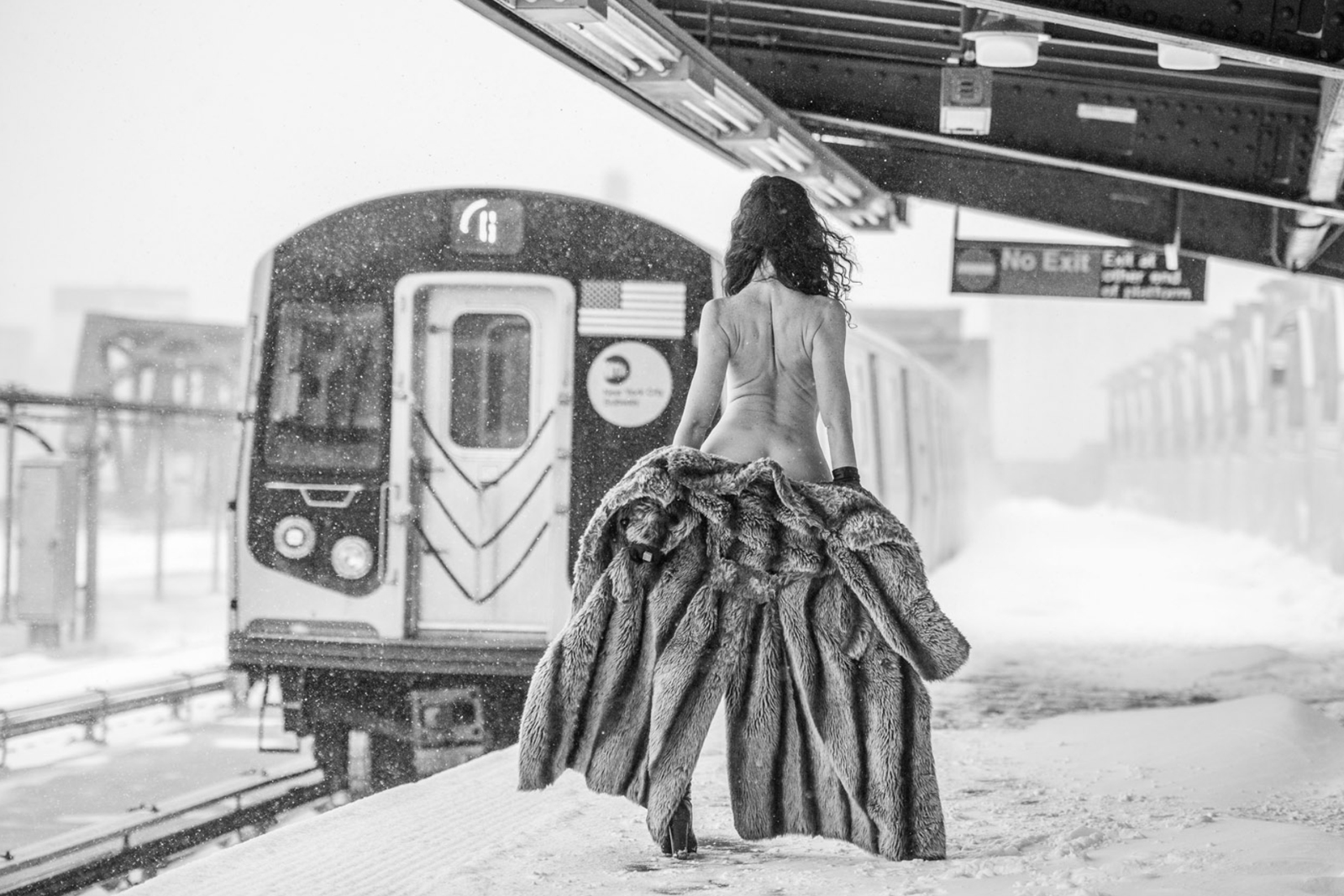

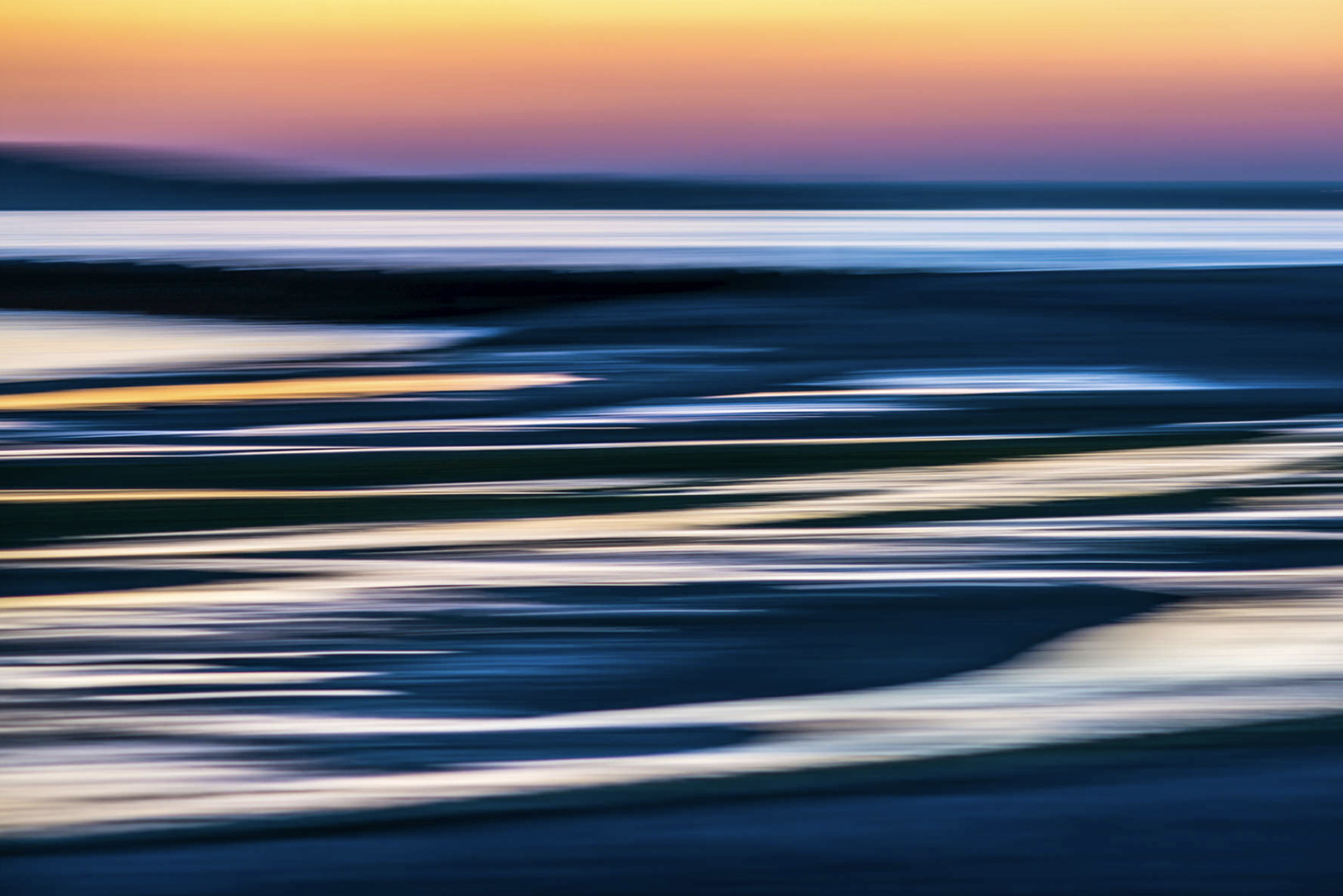
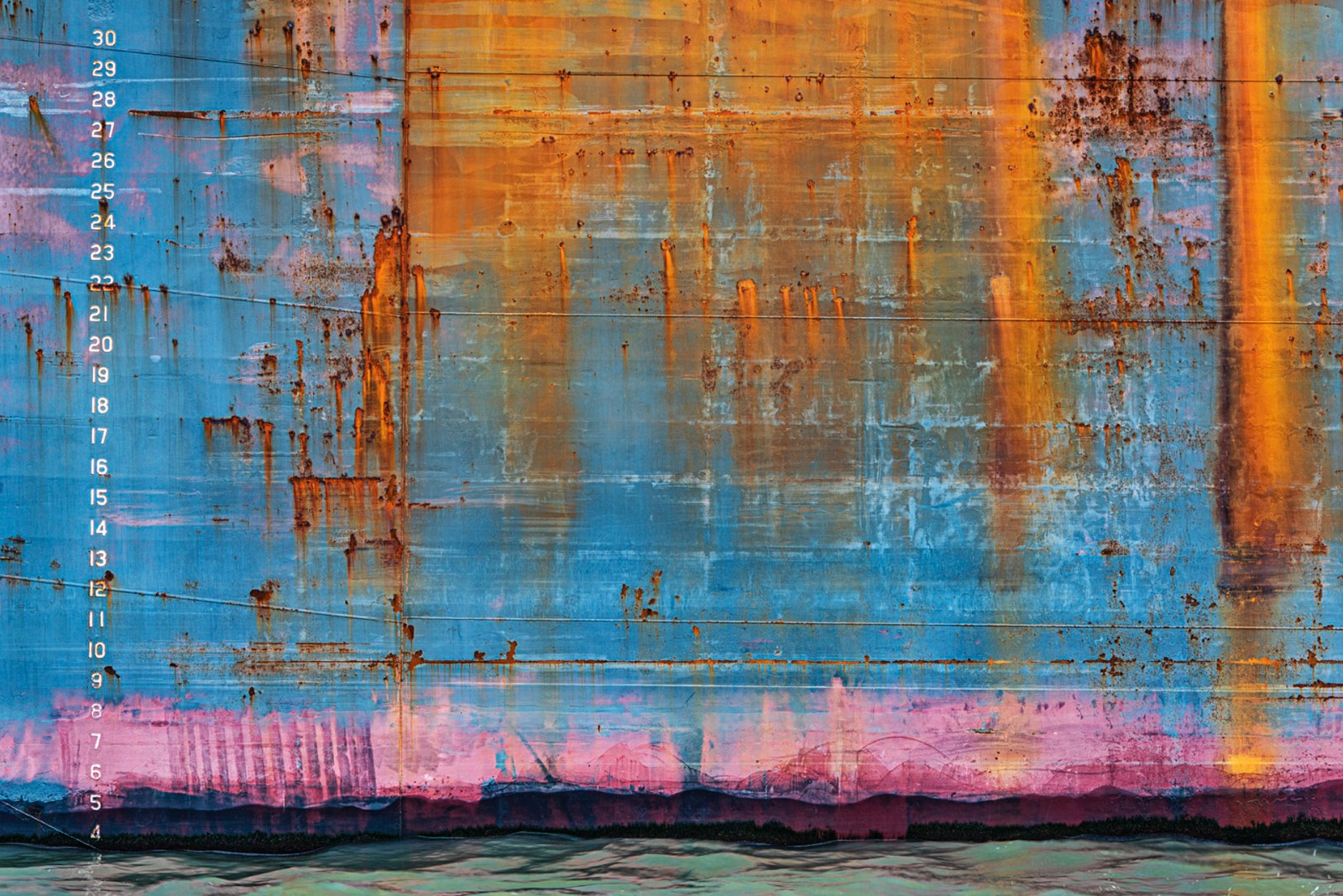


Image Credits
John Mazlish


